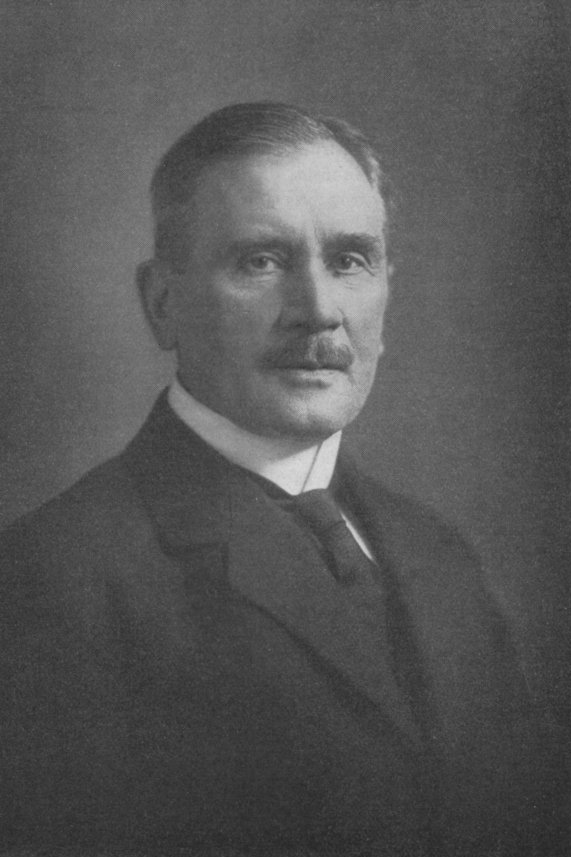- Ernst Trygger
infobox Prime Minister
name=Ernst Trygger
order=19thPrime Minister of Sweden
term_start =19 April 1923
term_end =18 October 1924
predecessor =Hjalmar Branting
successor =Hjalmar Branting
birth_date =birth date|1857|10|27|df=y
birth_place =Skeppsholmen Stockholm
death_date =death date and age|1943|9|23|1857|10|27|df=y
death_place =Stockholm
party=National Party
("Conservative")
spouse=Signe Söderström
alma_mater =Uppsala University Ernst Trygger (
27 October 1857 –23 September 1943 ) was a Swedishjurist professor and conservativepolitician . He served asPrime Minister of Sweden from 1923 to 1924. He also served as Minister for Foreign Affairs from 1928 to 1930 in the government ofArvid Lindman . He was a member of the first chamber of the SwedishRiksdag from 1898 to 1937, and also leader of the conservatives in that chamber from 1913 to 1933.Biography
Ernst Trygger was born on the island of
Skeppsholmen inStockholm , the Swedish capital. His father was military officer Alfred Trygger. Young Ernst made an astonishing career atUppsala University , where he became Professor of Law in 1889.In 1891, Ernst Trygger married Signe Söderström, with whom he went on to have three children. In 1914 they had a large private villa built in
Diplomatstaden , Stockholm, now home to theSwedish Bar Association .After being elected into the first chamber of the Riksdag, Trygger gained a reputation as a good debater with deeply conservative values. He was a member of the committee of 1895-98 that was formed to revise the terms of the union with
Norway . In 1909, Trygger became leader of a conservative group in the first chamber. When the rightist wings joined together in 1913 to form theNational party of the first chamber , Trygger became the leader of a united rightist force in Swedish politics and as such he opposed the new influences of democracy andparliamentarism in the 1910s. His rival as conservative leader wasArvid Lindman , the main character in the more moderately conservative rightist party of the second chamber of the the Parliament of Sweden.At the time of king
Gustav V 's last power demonstration during the "courtyard crisis " of 1914, Ernst Trygger was secretly a royal advisor. However, after the constitutional reforms leading to equal suffrage, (first applied in 1921) Trygger accepted the new, more democratic, political landscape.Prime Minister
When the cabinet of
Hjalmar Branting , the world's firstsocial democrat to be voted into power, resigned in 1923, king Gustav authorized (one of few remainders of real power still in royal hands) Trygger to head the government. Trygger had had a chance to reach this position already in 1920, but this was prevented by Lindman, who rather saw an unpolitical government before an upcoming election.The major issue during Trygger's time in office was the question of defence and alignment. Leader of a minority cabinet, Trygger tried to reach a solution with broad acceptance through "intelligent adjustment" ("intelligent anpassning"). This failed due to lack of support from both the social democrats and the
liberals . In the 1924 elections the support of the Right increased, nonetheless it was Branting who got to form cabinet, after even bigger electional gains for the social democrats. Another reason in Branting's favour was the likelihood of a solution to the defence issue supported by both liberals and social democrats.The confidence in Trygger's cabinet in international issues had also been somewhat damaged after an incident in the autumn of 1923. The Minister for Foreign Affairs,
Carl Hederstierna , had openly during a speech before leading Swedish journalists declared his support for an alliance withFinland in the event of any Russo-Finnish dispute. This damaged Russo-Swedish relations at a sensitive point when trade negotiations were about to be opened and fundamentally opposed the tacit principle of Swedish non-alignment. Hederstierna was swiftly replaced with countErik Marks von Würtemberg .Later life
After having served as Minister for Foreign Affairs in the cabinet of Lindman 1928-30, Trygger cut down on his political involvement and concentrated on his academic commissions. He renewed the education of Law at Uppsala university and was known as a brilliant lecturer.
Ernst Trygger died in 1943, at the age of 85, from complications after having broken his leg.
Wikimedia Foundation. 2010.
